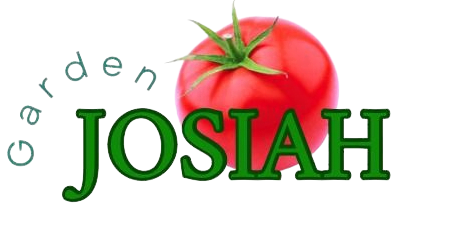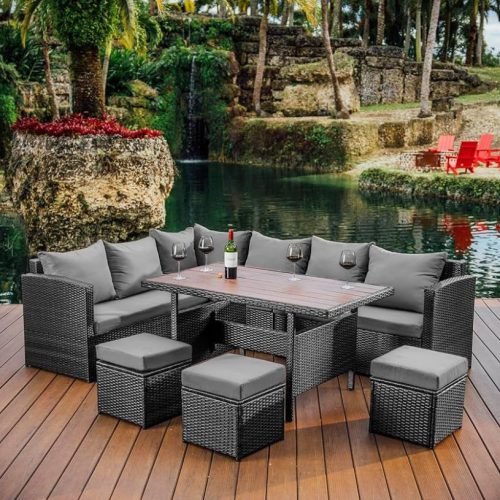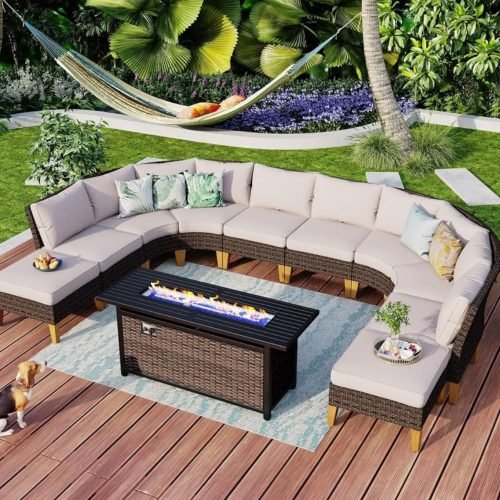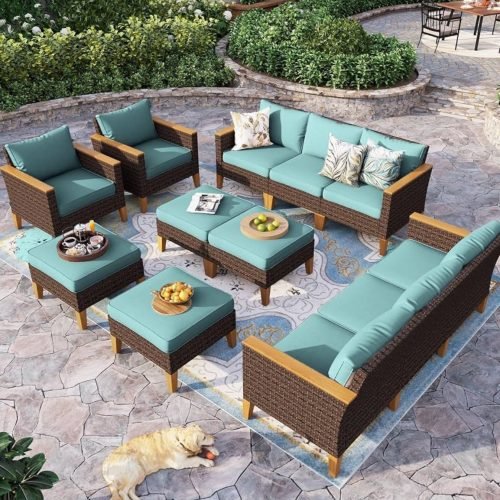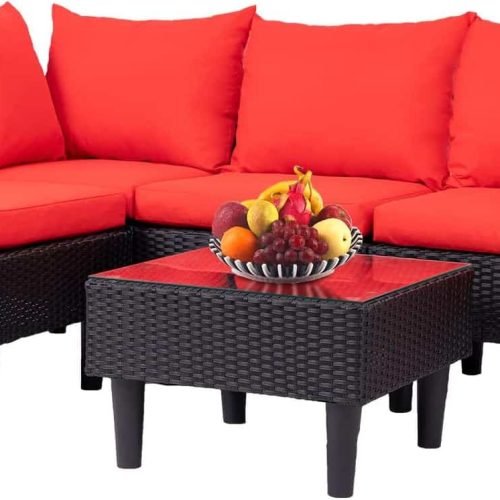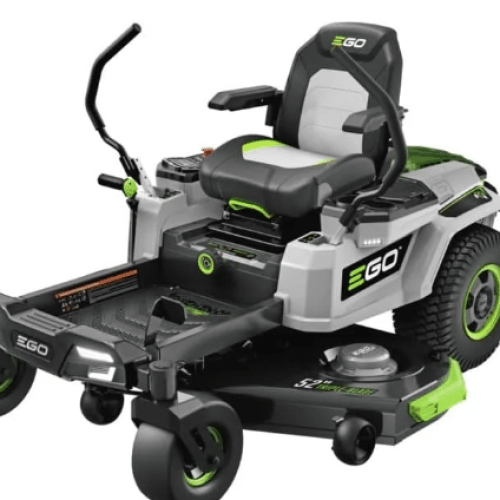Did you know that a packet of kale seeds costs only £2-3 in the UK? This small investment can bring a big harvest of this superfood. Even with a tiny patio, balcony, or garden, you can grow kale in containers. It’s a great way to enjoy fresh, homegrown kale.

Key Takeaways
- Kale can be easily grown in containers, making it perfect for small-space gardeners
- Kale seeds are inexpensive, typically costing £2-3 per packet
- Kale varieties like Cavolo Nero can grow up to 90cm x 60cm in size
- Kale provides leaves for consumption throughout autumn, winter, and into spring
- Growing kale in containers allows for easy pest management and control
Introduction to Grow Kale in Containers
Growing kale in containers is great for city gardeners or those with little space. This leafy green does well in many container sizes. It’s perfect for patios, balconies, or small gardens. By growing kale in containers, you can control the growing conditions and enjoy this superfood.
Benefits of Growing Kale in Containers
Growing kale in containers has many benefits:
- It lets you grow kale in small spaces like patios, balconies, or urban gardens.
- You can control the soil, moisture, and nutrients for the best plant growth.
- Kale in containers is safe from pests and diseases found in outdoor gardens.
- You can move the plants to get more sunlight or protect them from bad weather.
- It lets you grow many kale types, including compact and colorful ones.
Varieties of Kale Suitable for Container Gardening
Many kale varieties do well in containers:
- Dinosaur Kale (also known as Lacinato Kale or Tuscan Kale): This heirloom variety has unique, textured leaves and grows upright, fitting well in containers.
- Dwarf Blue Curled Kale: This variety grows a dense, low mound of curled, blue-green leaves, ideal for small gardens.
- Red Russian Kale: It has purple-red and green leaves, adding color to container gardens and is cold-hardy.
- Redbor F1 Hybrid: This variety has deeply ruffled, deep purple-red leaves that stay colorful, even in the heat.
These compact kale varieties are perfect for containers. They let you enjoy their nutrition and beauty in small gardens.
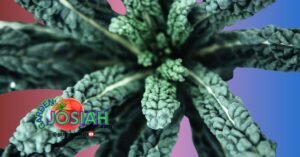
Choosing the Right Container for Kale
Choosing the right container is key when growing kale. Kale plants can grow up to 2-3 feet tall and have deep roots. They need a container that is at least 18 inches wide and 10 inches deep. For growing more kale plants or different types, a bigger container or raised bed is best.
Size Requirements for Kale Containers
Kale is great in containers, and the right size matters for its growth. Here are some important points to consider:
- Minimum container size: 18 inches across and 10 inches deep
- Larger containers or raised beds for multiple kale plants or different varieties
- Ensure the container has adequate depth to support the deep root system of kale
Importance of Proper Drainage for Kale Containers
Proper drainage is also key for growing kale in containers. Kale can’t handle waterlogged soil, which can cause root rot. Make sure your container has enough drainage holes. This lets excess water out, keeping the soil well-aerated and the roots healthy.
By picking the right container size and ensuring good drainage, you create the perfect spot for your kale. This leads to a great harvest. Remember, the size and drainage of your container are crucial for your container gardening success.

Ideal Growing Conditions for Container Kale
Growing kale in containers requires the right conditions for a good harvest. Kale loves cool weather and does well in temperate climates. This makes it perfect for container gardening.
Sunlight Requirements for Kale in Containers
Ensuring kale gets enough sunlight is crucial for its success. It needs 6-8 hours of direct sunlight daily. In summer, some afternoon shade can prevent the leaves from wilting or going to seed too soon.
Knowing how much sun container kale needs helps you place your pots right. This way, the kale grows strong and healthy, producing great leaves.
Kale also likes cool, temperate weather. Planting it in early spring or fall is best. These seasons offer the perfect temperatures for its growth.
“Kale is a cool-weather crop, so it performs best when planted in early spring or fall, taking advantage of the milder temperatures.”
By thinking about sunlight and temperature needs, you can make a great home for kale in containers. This lets these healthy greens grow to their best.
Preparing the Soil for Kale Container Gardening
Growing kale in containers requires the right soil. Kale does well in soil that drains well and is full of nutrients. It also needs the right soil pH for growth. Let’s look at how to make the best soil for your kale.
Ideal Soil pH for Kale in Containers
Kale likes soil that’s a bit acidic to neutral, with a pH of 6.5 to 6.8. If your soil is too acidic or alkaline, you can fix it with compost, perlite, or horticultural sand. This helps your kale get the nutrients it needs to grow well.
Soil Amendments for Nutrient-Rich Potting Mix
- Add compost or a balanced vegetable fertilizer to your soil to help your kale grow big and leafy.
- Use perlite or horticultural sand to improve drainage and air in the soil, which is good for kale roots.
- Put some compost or well-rotted manure in your soil to give your kale a steady supply of organic matter and nutrients.
Preparing the right soil for your kale container garden is key to a great harvest. With the correct soil mix and pH, your kale will grow well and give you fresh, tasty leaves all season.

Kale Container Gardening Varieties
Growing kale in containers offers a variety of tasty and beautiful options. Popular choices include Dinosaur Kale, Dwarf Blue Curled, Red Russian Kale, and Redbor F1.
Dinosaur Kale, also known as Tuscan or Lacinato Kale, is a favorite among chefs. It has dark green, bumpy leaves that make salads and sautés special. This kale is tough and grows well in containers.
Dwarf Blue Curled has frilly, blue-green leaves that brighten up any garden. It’s perfect for small containers or window boxes because it’s compact.
- Red Russian Kale stands out with its purple stems and leaves with a red tint. It’s great for containers and adds color to your garden.
- Redbor F1 has beautiful, frilly red leaves that look great in pots and planters. It’s a stunning choice for container gardens.
Whether you like the deep colors of Dinosaur Kale or the bright colors of Red Russian and Redbor F1, there’s a kale for you. Choosing the right kale for your containers means you can enjoy fresh, tasty greens from your garden.
Planting Kale Seeds or Transplants in Containers
Growing kale in containers lets you start with seeds or pre-grown transplants. Each method has its benefits. Let’s look at the steps for both.
Seed Starting and Transplanting Kale
Starting with kale seeds? Plant them in your container and cover with 1/4 inch of soil. Keep the soil moist until they sprout, which takes 7-10 days. These seeds will grow into mature kale in 55 to 75 days.
Using transplants? Just plant them at the same depth as before, without disturbing the roots. Gradually get them used to outdoor conditions to prevent shock. Harvest these in about 30 to 40 days.
Planting seeds or transplants every two to three weeks means a steady harvest. Kale’s roots spread out, so straw or grass mulch helps keep the soil cool and moist.
Harvest kale leaves when they’re as big as your hand, and take them one by one. This encourages more growth, letting you harvest again in five to seven days. With the right care, your container kale will keep giving you fresh leaves for a long time.
Watering and Fertilizing Kale in Containers
Keeping the soil moist is key for growing healthy kale in containers. Water your kale plants once or twice a week to keep them lush. Containers dry out quickly, so check the soil often and water when needed, especially in hot weather.
For leafy growth, add a nitrogen-rich fertilizer or compost tea once a month. But don’t overdo it, as too much fertilizer can make the leaves taste bad. Aim for a soil pH of 6.5 to 6.8 to avoid diseases like clubroot.
Maintaining Consistent Soil Moisture for Kale
- Kale needs 1 to 1.5 inches of water per week to stay moist.
- Wait for the top 2 to 3cm of soil to dry out before watering your kale.
- Check the soil often, especially when it’s hot, as containers dry out fast.
Fertilizing Kale in Pots
- Feed your kale with a continuous-release plant food for a bountiful harvest.
- Give your kale a nitrogen-rich fertilizer or compost tea once a month.
- Don’t over-fertilize, as it can make the leaves taste bad and lack nutrients.
| Product | Price | Average Review |
|---|---|---|
| Plantura Organic Tomato & Vegetable Compost | £16.99 for a 40L bag | 4.8 out of 5 based on 4 reviews |
| Plantura Liquid Tomato Food | £10.99 for an 800ml bottle | 4.4 out of 5 based on 11 reviews |
“To promote lush, leafy growth, you can also supplement your kale with a nitrogen-rich fertilizer or compost tea once a month, taking care not to over-fertilize.”
Kale Container Gardening Pests and Pest Control
Growing kale in containers can bring pests. Aphids and cabbage loopers are common visitors. But, with the right plants and natural methods, we can keep kale pest-free.
Companion Planting for Pest Prevention
Using companion plants is a great way to keep pests away from kale containers. Here are some top choices:
- Marigolds repel pests and deter nematodes with their alpha-terthienyl.
- Alliums like garlic, chives, leeks, and onions keep cabbage loopers and aphids away with their strong smell.
- Dill attracts beneficial insects, protecting your kale garden.
- Alyssum acts as a ground cover, drawing in beneficial insects and fighting weeds.
- Nasturtiums lure pests away from kale and attract bees, butterflies, and hummingbirds.
By placing these plants near your kale, you create a barrier against pests.
Hand-picking pests and using natural methods also helps keep your kale garden healthy and free of pests.

kale container gardening
Growing kale in pots is a great way to get this superfood, even with little space. It’s perfect for small patios, balconies, or tiny gardens. Container kale gardening lets you enjoy fresh, homegrown kale all season long.
Tuscan kale is a top choice for containers. It’s also known as dinosaur kale, lacinato kale, black palm, Italian kale, or Tuscan cabbage. This variety loves cool weather and can grow quite big, making it great for large pots or planter boxes.
To start with container kale, pick a pot at least 12 inches wide. Use a good potting mix that drains well and is a bit acidic. Make sure your kale gets at least 6 hours of sunlight a day for the best taste and growth.
- Tuscan kale matures in 65-80 days when grown from seed.
- Kale generally needs 1 to 1 1/2 inches of water per week to thrive.
- Kale can be harvested young for salads or allowed to mature for cooked greens, typically after a light frost.
Follow these easy steps for container kale, and you’ll have plenty of fresh greens. With a bit of care, your container kale will keep you supplied with this superfood all season.
“Kale is one of the most nutrient-dense foods on the planet, packed with vitamins, minerals, and antioxidants. Growing it in containers makes it accessible to everyone, even those with limited gardening space.”
Harvesting Kale from Container Gardens
Growing kale in containers lets us enjoy fresh greens all season. Kale is great because we can pick the big leaves and let the small ones grow. This way, we get a steady supply of tasty, healthy greens.
Continuous Harvesting Techniques for Kale
Here are some tips for a great kale harvest from containers:
- Fully matured kale leaves are about the size of your hand, ready for harvest around 70 days after planting.
- Harvest about one fistful of leaves per harvest, returning every 5-7 days for new growth.
- Avoid cutting the terminal bud or removing yellow/spotted leaves to keep the plant healthy and growing.
- Don’t take too many leaves at once to keep the plant from stopping growth.
- Regularly removing mature leaves makes the kale produce more new leaves.
- Always cut the leaves at the base of the stem to avoid harming the roots.
Using the right harvesting techniques and a regular cutting schedule helps your container-grown kale thrive. With a bit of care, you can have a continuous kale harvest all season.
“Harvesting kale from containers is a rewarding experience that allows you to enjoy fresh, nutrient-dense greens throughout the growing season.”
Overwintering Kale in Containers
Gardeners who grow kale in containers can enjoy their harvest into winter. Cold-hardy kale cultivars like Dwarf Blue Curled and Red Russian Kale can handle frost and light freezes well.
To keep kale in containers through winter, move the pots to a sheltered spot. This could be a porch or garage. Or, insulate the containers with straw or hay to protect the roots from freezing.
Kale is very cold-tolerant, surviving down to -10°F (-23°C). But, it grows slower when days are short. Still, you can keep harvesting kale in winter, even if it doesn’t grow much.
- Kale takes 50 to 60 days to mature from direct sowing, or 40 to 50 days from transplanting.
- Baby kale leaves are ready in 4 to 5 weeks, while full plants take longer.
- In colder areas, winter kale might need a polytunnel or greenhouse for protection.
By keeping your kale in containers through winter, you can enjoy its nutritious leaves longer. With the right cold-hardy kale cultivars and some care, you can have fresh, tasty kale all winter.
Conclusion
Growing kale in containers is a great way to get this healthy veggie, even with little space. By picking the right container size and giving it the best growing conditions, we can get a lot of kale all season. It’s perfect for those with small patios, balconies, or gardens.
Container kale gardening has many perks, like controlling the environment and having fresh kale easily available. This article gives us tips for growing kale in containers well. With a bit of care, we can enjoy the taste of our own kale and live healthier.
So, let’s try growing kale in containers! With the right setup and care, we can grow our own kale, even in tiny spaces. Let’s enjoy the benefits of this amazing plant in our containers.
FAQ
What are the benefits of growing kale in containers?
Growing kale in containers lets you grow this healthy crop in small spaces like patios or balconies. It also lets you control the growing conditions better. This makes it easier to meet the needs of kale plants.
What are some good kale varieties for container gardening?
Good kale varieties for containers include Dinosaur Kale, Dwarf Blue Curled, Red Russian Kale, and Redbor F1. These varieties grow well in small spaces and have vibrant colors. They also stay cold-hardy.
What size container is best for growing kale?
Kale plants can grow tall and have deep roots. They need a container that’s at least 18 inches wide and 10 inches deep. For more plants or different types, use a bigger container or raised bed.
How much sunlight do kale plants need in containers?
Kale loves cool, sunny spots to grow its best. For containers, aim for 6-8 hours of direct sunlight each day.
What type of soil is best for growing kale in containers?
Kale does well in well-draining, rich potting mix. The best soil pH for kale is between 6.5 and 6.8. If your mix is off, add compost, perlite, or horticultural sand to fix it.
How often should I water my container-grown kale?
Keeping kale plants moist is crucial. Water them at least once or twice a week. Make sure the soil stays moist but not too wet.
How can I prevent pests from affecting my container-grown kale?
Use plants like chives, thyme, and rosemary around your kale to keep pests away. Check your plants often and remove pests by hand to keep your garden healthy.
Can I extend the harvest season for my container-grown kale?
Yes, you can keep your kale growing longer. Varieties like Dwarf Blue Curled and Red Russian Kale can handle frost and freezes. Move the pots to a safe spot or insulate them in the cold months.
